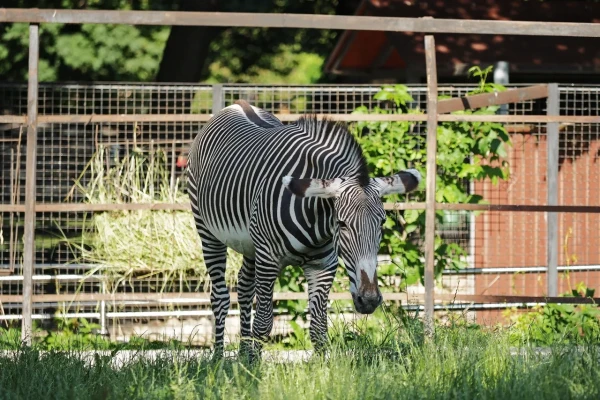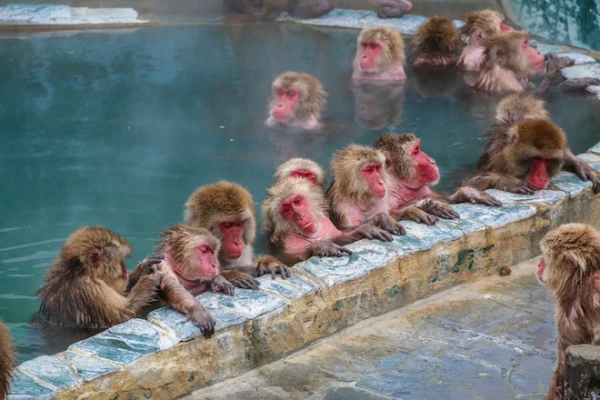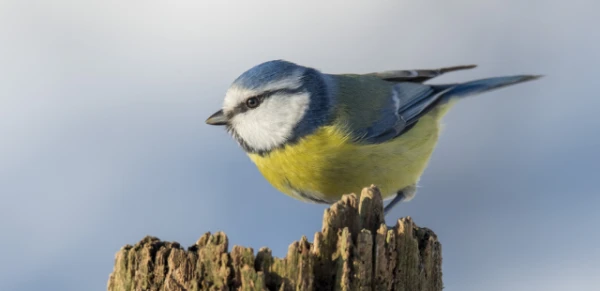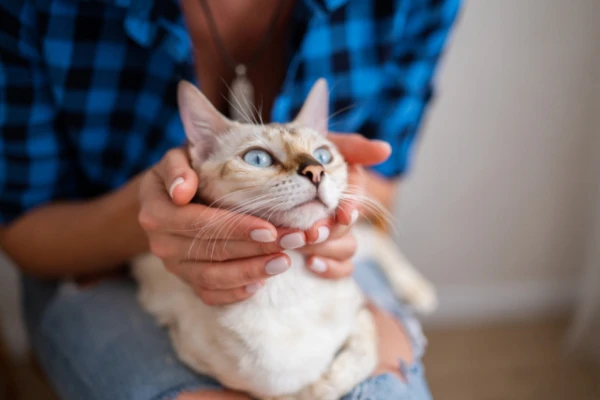
Researchers from the University of Colorado (USA) have found a new explanation for how nature creates patterns on the skin and fur of animals. Their work is published in the journal Matter.
Scientists have improved the classic theory proposed by British mathematician Alan Turing back in the 1950s. According to this model, patterns—stripes, spots, and waves—arise from the interaction of substances that spread and interact with each other within tissues.
American experts added a new mechanism to this scheme—diffusiophoresis, which is the movement of particles under the influence of concentration gradients of substances. This helped explain why there are no perfectly smooth or repeating patterns in nature: each zebra and each fish has its own.
The researchers took into account that cells and particles in tissues have different sizes and cannot pass through each other—their movements are restricted. It is these features that create slight variations in patterns: stripes and spots are not perfectly smooth, with small deviations, just like in real nature. Simulations show that because of this, each organism gets its unique pattern.
Examples include the coloration of fish (for instance, Ornate boxfish) and the patterns of mammals such as zebras and leopards. According to the researchers, understanding how such patterns are formed could be useful not only for explaining nature but also for creating new materials or self-forming structures, and in the future, even in medicine.















Leave a comment